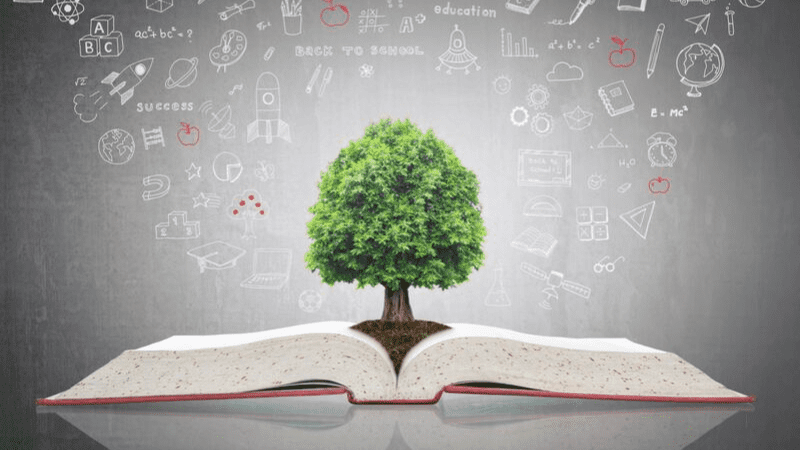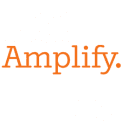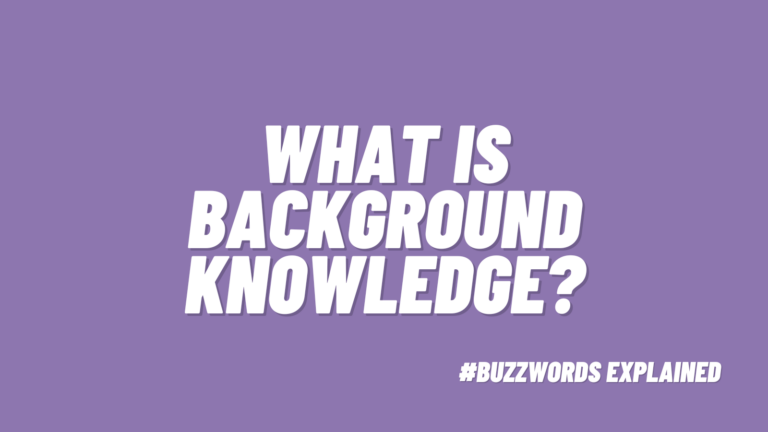Today’s students are more diverse than ever, and schools feel enormous pressure to meet all of their literacy needs. The importance of systematic and explicit phonics instruction has received plenty of press lately, but there’s another crucial piece to the literacy puzzle: Background knowledge and vocabulary are also key drivers in students’ reading success. Building literacy with content learning in an early literacy program is a valuable strategy.
“Comprehension is intimately intertwined with knowledge,” says literacy scholar Daniel T. Willingham. Actively building students’ content knowledge helps promote literacy success for all students. Here’s why:
1. Early content-based reading experiences help fill holes and build a strong foundation.
Teachers try not to make assumptions about their students, but it can still be surprising to discover knowledge gaps. A student reading a book on windy weather may not know how a kite works. A student reading about the American Revolution may have never learned about George Washington or other important people in American history. Content-based texts are ideal for helping teachers gauge students’ vocabulary and knowledge, and build those skills during structured reading lessons.
With an intentional text sequence, students can draw upon information and vocabulary learned previously as they learn to read. A student who has read about Jamestown will connect more closely when reading about American colonial towns.
2. Connecting instruction to children’s lives helps them leverage what they already know to access new information.
Using informational text to give students a common foundation can empower them. It helps them make connections to new concepts, build new mental schemas, and reflect on their own ideas and language use. Asking students about their knowledge about a topic builds bridges between prior knowledge and new concepts. When you are about to teach a topic like life cycles, it’s important to ask kids what they already know about how a caterpillar becomes a butterfly. When kids begin to share what they already know and learn how to organize that information, they can move on to applying that knowledge base and vocabulary to access new texts and content.
3. Spending more time building content knowledge levels the playing field.
The effects of focusing exclusively on literacy skills hurts those at the bottom of the socioeconomic spectrum. As writes Natalie Wexler in her book The Knowledge Gap, “Children from more educated families often absorb knowledge about the world at home. But those from less educated families have to rely on schools for the kind of knowledge that will equip them to do well on tests—not to mention in high school, college, and life.” The longer kids have to wait to build content knowledge, the further behind they get. By the time they get to middle or high school, they tune out or lack the confidence to ask the necessary questions.
4. Acquiring content knowledge can spark passion and purpose.
Content knowledge gained through reading can inspire kids and open their eyes to a range of topics, including science, history, culture, places, and more. A book may inspire an insatiable curiosity about sea creatures for a student who lives in a landlocked location. A worm-loving student who reads about composting may be motivated to suggest a trial program at a school that’s not yet sustainability savvy.
Content knowledge can also spark a child’s passion for reading itself. Some research —and plenty of anecdotal evidence from educators—indicates that informational text engages some students in a way that fiction does not. Some students don’t consider themselves readers until they discover the power of “reading to learn.” What this means is that kids engage more and learn faster when teachers build their literacy programs on content learning.
Thanks to our friends at Amplify Core Knowledge Language Arts (CKLA) for sponsoring this post and for helping educators use informational texts during literacy instruction. Explore their resources.


